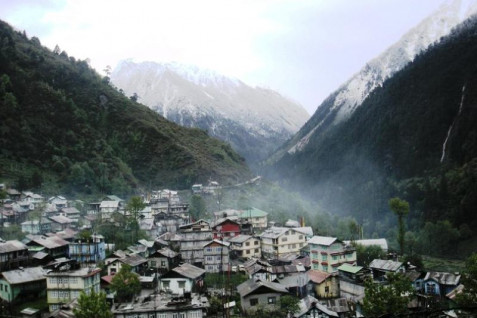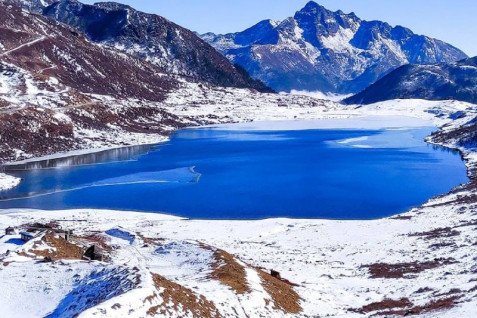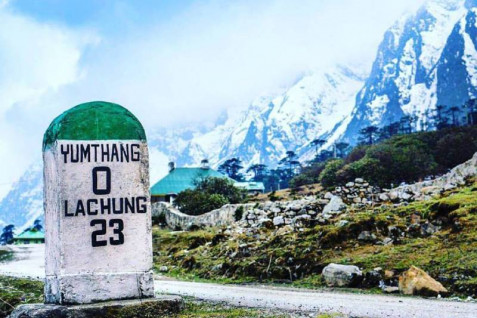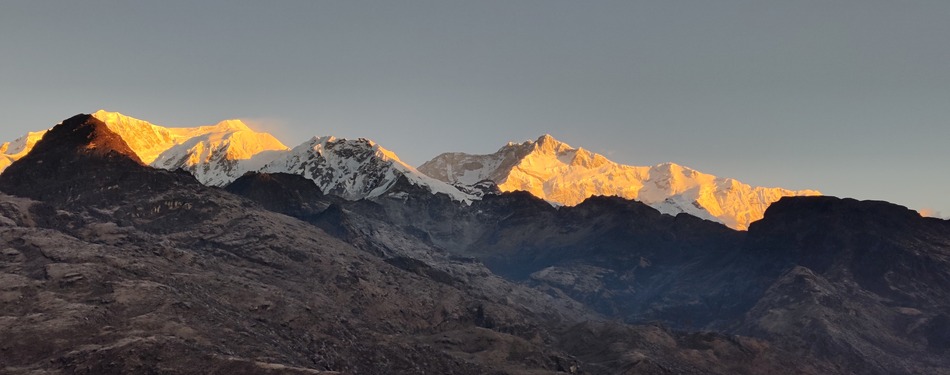
- On 18-Jan-2024
- By Madan Rumba
GoechaLa Trek in Sikkim: Unveiling the Majesty of the Himalayas
Embarking on the GoechaLa Trek in Sikkim is a profound journey into the heart of the Himalayas, where every step echoes with the marvels of nature and the thrill of adventure. In this comprehensive guide, we delve deeper into the intricacies of this iconic trek, offering essential insights, practical tips, and a vivid portrayal of the unparalleled experiences that await trekkers.
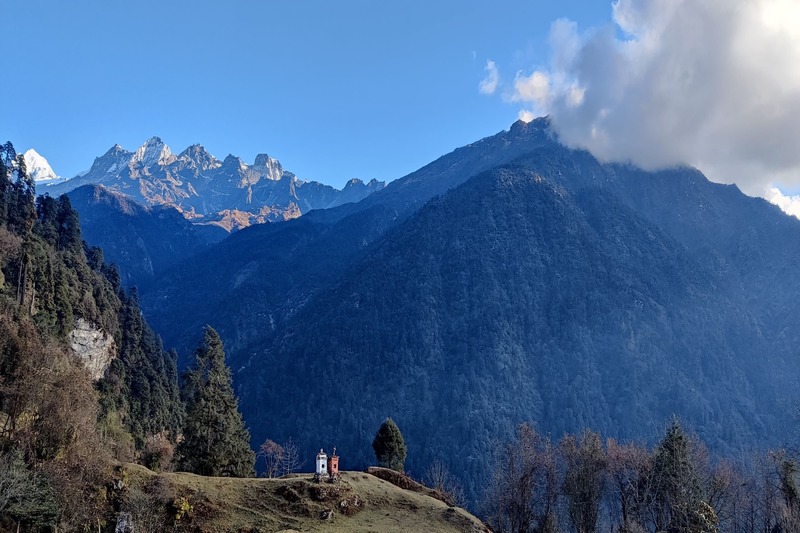 GoechaLa Trek - A Symphony of Nature
GoechaLa Trek - A Symphony of Nature
The GoechaLa trek is not merely a physical expedition; it's a poetic symphony where the towering Mt. Kanchenjunga orchestrates nature's grandeur. This section delves into the spiritual and aesthetic aspects of the trek, capturing the essence of Sikkim's pristine wilderness.
Nature's Canvas - Flora and Fauna Along the Trail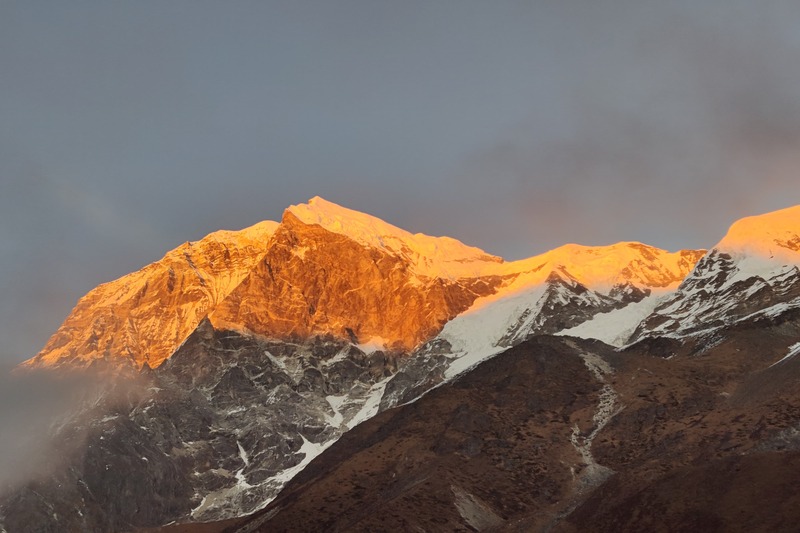
As you traverse the GoechaLa trail, witness the living canvas of Sikkim's biodiversity. From rare rhododendrons to exotic wildlife, this section provides a vivid tapestry of the flora and fauna that grace the Kanchenjunga National Park, making every step a discovery.
Timing Matters - Best Seasons for GoechaLa
Timing is everything when it comes to a Himalayan adventure. Explore in-depth the reasons behind choosing mid-September to mid-December and March to May as the prime trekking seasons. Uncover the magic of clear skies, breathtaking views, and the enchanting Rhododendron forests.
GoechaLa Essentials - What to Pack
Navigate the Himalayan terrain with confidence by packing smartly. Beyond the basics, delve into specific gear recommendations, weather-appropriate clothing, and insights on how to strike the balance between preparation and minimalism.
Maximum Altitude and Beyond - GoechaLa Quick Facts
Empower yourself with a deeper understanding of the trek's fundamental details. From the maximum altitude to the moderate-to-extreme difficulty level, this section equips you with the knowledge needed to conquer the challenges of GoechaLa.
The Heart of Sikkim - Yuksom to GoechaLa Viewpoint
Embark on a virtual journey through the heart of Sikkim, exploring key stops such as Tshoka, Dzongri, and Thangsing. Each stop unfolds a unique chapter in this Himalayan saga, providing a taste of the diverse landscapes and cultural richness of the region.
Trekking Wisdom - Tips for a Seamless Adventure
This section offers a treasure trove of practical tips for a seamless trekking experience. From essential documents to lodging arrangements and acclimatization strategies, these insights ensure you're not only prepared but also able to savor every moment of your adventure.
Trekking can be a rewarding and adventurous experience, but it's important to be well-prepared to ensure your safety and enjoyment. Here are some useful points to keep in mind while trekking:
Plan and Research:
Research the trekking route thoroughly.
Check weather conditions and seasonal variations.
Obtain necessary permits and permissions.
Physical Preparation:
Train and condition your body for the trek.
Improve cardiovascular fitness, strength, and endurance.
Pack Wisely: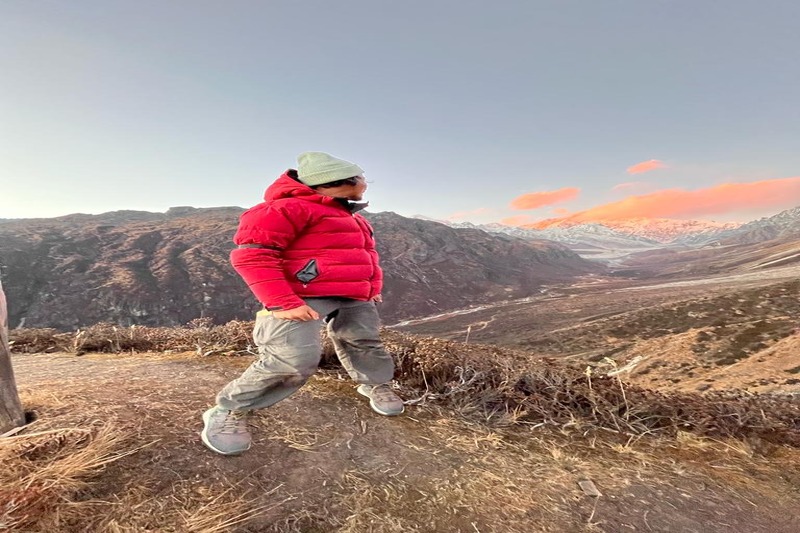
Carry essential gear, including a map and compass.
Pack lightweight, moisture-wicking clothing.
Ensure proper footwear and break them in before the trek.
Bring a first aid kit and any necessary medications.
Hydration and Nutrition:
Carry an adequate supply of water and purification tools.
Pack energy-rich snacks and meals.
Stay hydrated and eat regularly to maintain energy levels.
Leave No Trace:
Follow the principles of "Leave No Trace" to minimize environmental impact.
Pack out all trash and litter.
Weather Awareness:
Be aware of the local climate and weather patterns.
Dress in layers to adjust to changing temperatures.
Safety Measures:
Inform someone about your trekking plans and expected return time.
Carry an emergency whistle and know how to use it.
Be cautious of wildlife, and know how to respond to encounters.
Altitude Considerations:
Acclimatize properly when trekking at high altitudes.
Recognize symptoms of altitude sickness and seek help if needed.
Group Dynamics:
Trek with a group if possible for safety and companionship.
Communicate effectively with your trekking partners.
Respect Local Culture:
Respect local customs and traditions.
Interact responsibly with local communities.
Tread Lightly:
Stay on designated trails to avoid damaging the environment.
Minimize noise and disturbances to wildlife.
Proper Waste Disposal:
Carry a small trowel for burying human waste.
Pack out used toilet paper in sealed bags.
Permits and Regulations:
Obtain all necessary permits and adhere to trekking regulations.
Follow guidelines set by park authorities.
Remember that safety should always be a priority, and preparation goes a long way in ensuring a positive trekking experience.
